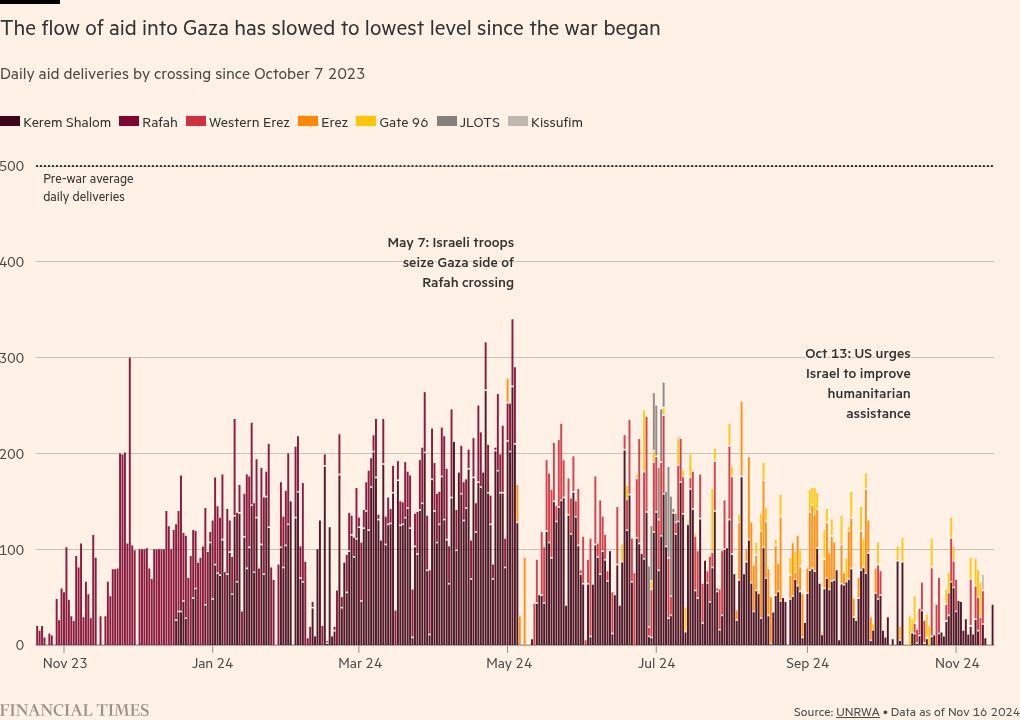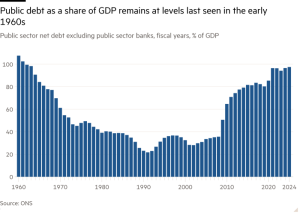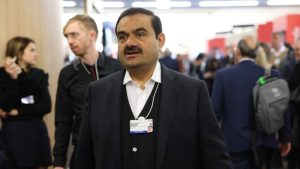How gangsters took over Gaza’s aid routes

Gaza’s most notorious gangster was rumoured to be dead on Monday after local security forces launched a rare ambush against criminal groups, killing as many as 22 people days after armed looters had robbed a convoy of UN aid trucks.
But the very next day Yasser Abu Shabab emerged defiant, his men shutting down the road with a burning fuel truck to block aid trucks as payback, according to a senior UN official and two transport industry insiders.
The swift show of force underscores the rising power of Abu Shabab and other gangs in Gaza, who have in recent months developed a lucrative trade robbing aid trucks travelling into the enclave.
These gangsters act, humanitarian officials and Palestinian transporters allege, with the tacit permission of the Israeli military: what a UN memo seen by the Financial Times called “the passive, if not active benevolence” of the Israel Defense Forces.
Led by escaped convicts and formed along family lines, the heavily-armed gangs defy Gazan authorities and operate freely along the border, a restricted Israeli military zone.
They stockpile the looted goods in open-air headquarters — seemingly overlooked by Israeli surveillance drones — and resell the supplies via middlemen to destitute Palestinians at prohibitive prices.
The FT spoke to more than 20 people about the rise of systematic aid theft in the IDF-controlled zone, including Palestinian truck drivers, traders, humanitarian groups, security providers and UN officials in Gaza, many of whom had experienced the looting first hand.
They described how criminal networks had replaced individual looters, operating deep in the enclave’s south-eastern borderlands, beyond the reach of Gaza’s remaining police in what is known as a “red zone” to most Palestinians because of the IDF presence.
Aid deliveries have plummeted since Israel’s invasion of Rafah in south Gaza in May, which led to an increase in looting, and hit all-time lows in November.
The shortages have made even basic supplies increasingly valuable targets for theft. Up to 30 per cent of aid entering the enclave is stolen, according to an estimate by the UN Office for the Coordination of Humanitarian Affairs. In last week’s armed robbery, 97 of 109 UN trucks were lost.
Nahed Shohaybr, who leads Gaza’s private transport association, had to turn down UN delivery requests after multiple drivers with his company were killed by looters and more than half his fleet of 50 trucks had their tyres shot or batteries stolen.
The thieves intercept trucks soon after they have entered via the enclave’s main southern crossing, known as Kerem Shalom.
“One kilometre to the west you’ll find the thieves on the road and in the bombed out buildings, and all around them are tanks. Why don’t those tanks attack them?” Shohaybr said. “For the military, this is a good way of indirectly starving Gaza.”
In response to written questions, the IDF said it was making “substantial efforts to allow the maximum possible volume of aid into Gaza”, and blamed Hamas for the theft.
“Given the systematic attempts by terrorist organisations to exploit humanitarian aid for their own purposes, the IDF carries out targeted operations against militants looting this aid.”
Mohammad, a truck driver who has transported goods north from Kerem Shalom for the past 15 years, recounted a series of looting incidents in the summer where dozens of masked men carrying Kalashnikovs would surround the truck. On one occasion there were more than 80 attackers.
“First they shoot the wheels,” he said. “Then they steal the gas, the batteries, and everything inside the truck. They put a gun to your head.”
Gang members began to shoot some drivers in the hands and feet, according to two drivers and Shohaybr.
While some theft occurs on the road itself, in other cases trucks are forced into the gangs’ bases. In such instances, one transport broker said, “the driver is led under the threat of weapons to the eastern border areas within the eye line and earshot of the Israeli military”.
Multiple senior UN officials argue that such brazen theft could not happen without the assent of Israeli forces. “These guys are probably the only people in Gaza who can get 100 yards from an Israeli tank or Israeli soldiers without being shot,” one said.

Unarmed UN escorts and volunteer protection teams carrying sticks have, meanwhile, been hit by Israeli attacks, officials and locals said.
Mohammad recalled being taken to a gang’s base where his truck was robbed. Vast amounts of looted goods surrounded him, including flour, canned food, blankets and medicine.
“Everything you can imagine, it was just piled up there. Out in the open: there were no walls, there was no building,” he said, adding that the base was less than 2km from the Kerem Shalom crossing.
Trucks carrying commercial goods are held hostage until the trader pays a ransom to have his goods released, according to local business people.
“They take the truck with the driver. They have forklifts, and storage places. These are also known to the Israelis,” said Ayed Abu Ramadan, head of Gaza’s Chamber of Commerce. “They ask for a massive ransom for the commercial goods to be released. Whereas for the aid [from the UN and NGOs] they just take it and sell it in the markets.”


Mohammad began to learn which gangs held which parts of the road. One section near the Kerem Shalom crossing is controlled by Shadi Soufi, who was awaiting execution in a Gazan prison before the war, which started after Hamas’s October 7 2023 attack.
Soufi’s dramatic arrest years earlier had been broadcast across Gaza in a video published by security forces, and he was later sentenced to death for murder, according to media reports.
But as Hamas-linked uniformed police were targeted by Israel, officers went underground and fled their stations and prisons, allowing those detained inside to leave. Gazans say some went on to become looters.
A statement on a Facebook page affiliated to Soufi’s family confirmed he was let go from prison but denied his involvement in looting.
The Soufi family is one of several Bedouin clans with a long presence in Gaza’s southern borderlands, where the new gangs are mostly organised along family lines, people familiar with the matter said.
Abu Shabab’s gang, which is believed to control territory just 1.5km from the border crossing, is the most powerful group, according to truck drivers, transport brokers and aid and humanitarian officials.
His men are heavily armed with new weapons, and profit chiefly from smuggled cigarettes, according to the internal UN memo, which was first reported by The Washington Post. One crate of cigarettes sells for $400,000, according to Gaza’s Chamber of Commerce, up from a couple of thousand dollars before the war.
UN officials and Palestinian witnesses said Israel’s permissive attitude towards the gangs was part of a pattern of fuelling competing forces to undermine local authorities.
The rise of the gangs has caused fissures in Gaza’s society, with clans rushing to distance themselves from members caught up in the looting. Keen to deflect anger, some clans have issued public statements obliquely disowning anyone involved in theft. Some have even formed counter-looting committees to guard trucks.
On Tuesday, the day after the ambush, leaders of the Abu Shabab clan penned an open letter “disavowing” relatives involved in looting.
While Israel claims Hamas is responsible, the thefts have put the armed groups at odds with the militant group. Shohaybr, the transport industry leader, said Israel knew full well what was happening.
“[Israel] is surveilling us all the time,” he said. “If they wanted to, they could call up Yasser Abu Shabab right now and tell him: don’t you dare steal another truck, or we’ll shoot you. But they don’t, and why do you think that is?”
Aid chart by Aditi Bhandari
#gangsters #Gazas #aid #routes








